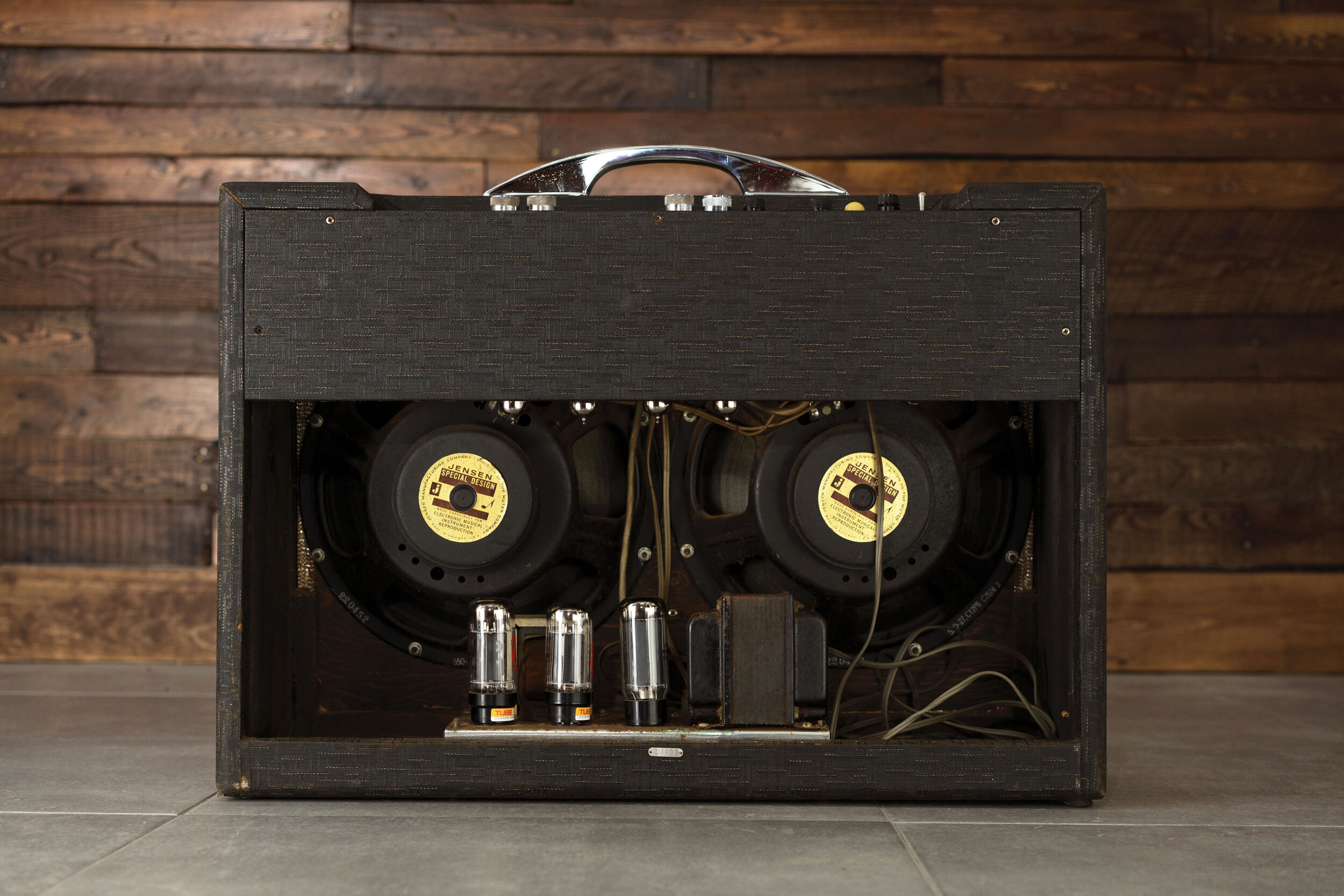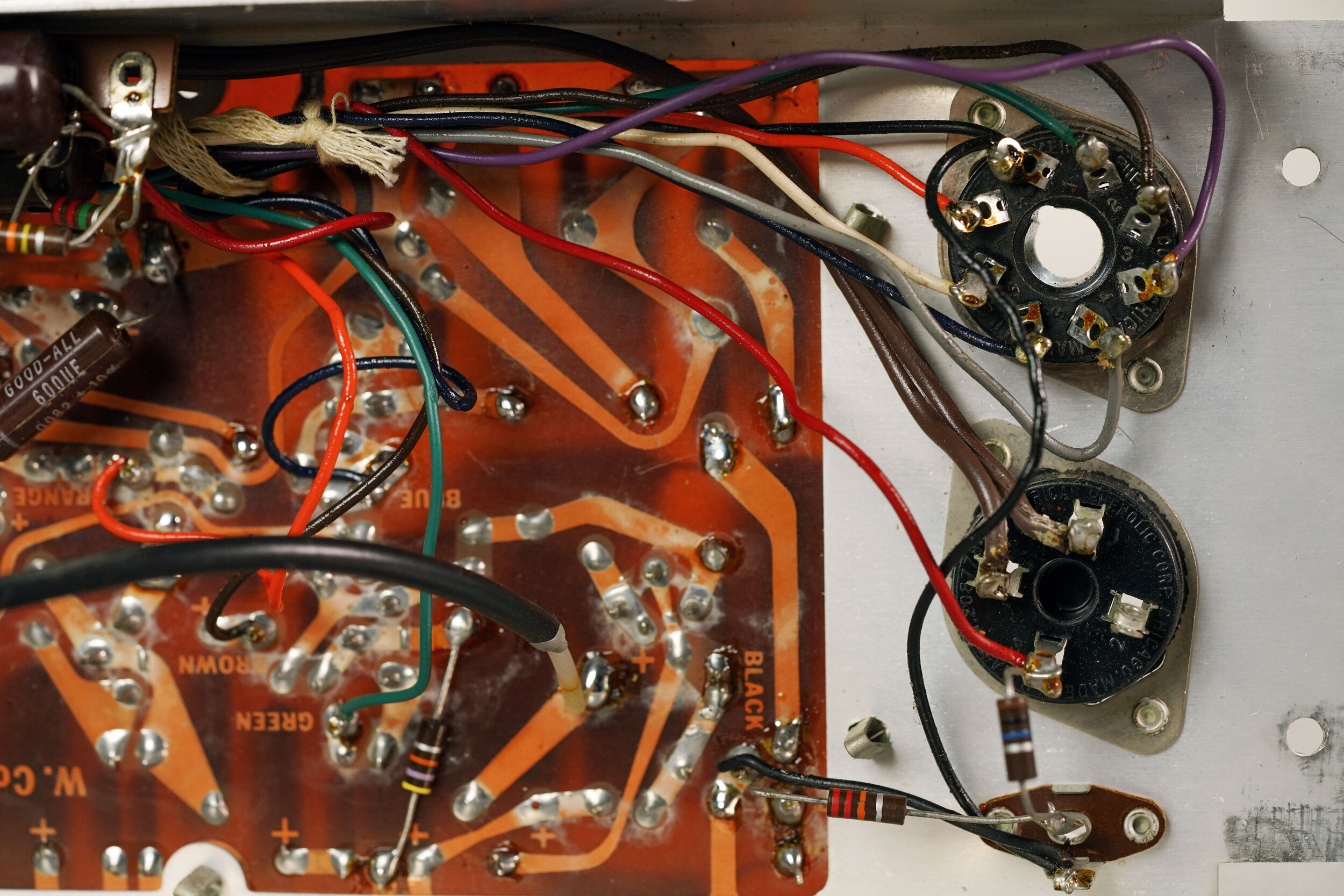How to Tell If Your Speaker Is Blown
The sound of a blown speaker is pretty tell-tale - fuzzy, distorted crunchy sound that may be roughly reproducing the signal you are sending through it or making no sound at all.
There are a few scenarios that can cause a speaker to malfunction. A speaker can sustain physical damage to the cone or even the voice coil. Sometimes the damage is obvious. In other cases, the speaker may look fine, and the distortion may be so subtle that you could be wondering if your amplifier is actually at fault. In this article, we’ll share our tips on how to determine whether your speaker or your amp is to blame.
Common Amplifier Malfunctions: The amp smells like it's burning.
There are two major reasons why an amp might smell like it’s burning:
The amplifier is covered in dust, which is in fact burning from the heat of the tubes
The amplifier is malfunctioning and a component is burning
If you have any doubt whether your amplifier is burning, you should turn it off and unplug it right away. However, you may be asking yourself, am I overreacting? Is it correct to be concerned about this burning smell? Or do old amps always smell this way?
On Troubleshooting
Troubleshooting a vintage amplifier involves a skillset that is distinct from designing new circuits. The prime advantage of troubleshooting — the fact that the circuit has already been created for you, in its entirety — is also its biggest challenge.
Common Tube Amp Malfunctions: My amp doesn't turn on.
The circuitry that turns the amp on and off is very simple: pretty much just some wiring that provides line voltage to the transformer. More commonly, this wiring is in great shape, voltage passes through it with no problem at all, the amp turns on, all the bad components inside receive all the power that the circuit can offer, and then the amp starts malfunctioning.
Drawing the Line Between Troubleshooting an Amp and Modifying It
When you repair an amplifier, you have two choices. You can bring it back to its original state by fixing only what is broken. Or, you can improve the circuit by modding it.
There is a lot to love about an amplifier that is in fully-functioning, but original, condition. When using a vintage amp, you are playing music on a slice of time. You are combining two different musical periods in a way that is impossible to replicate with any other gear. It’s basically time travel.
Checking and Changing the Fuse in Your Tube Amplifier
If your tube (or solid state) amplifier is not “turning on,” the cause of this problem could be a blown line fuse. The line fuse, also referred to as a mains fuse, is the fuse that stands between the main AC power and your power transformer. In an otherwise functional amp, the main fuse can and will blow when there is a problem between the wall outlet and your power transformer (PT). A fuse can also blow when there is a short somewhere in the amp. In either case, the fuse is doing its job when it blows and is protecting the amp by stopping it from running when there is a problem present that could harm the amp’s circuit.
Is it safe to troubleshoot my amplifier?
Tube amplifiers (and many solid state amplifiers) contain high voltages. Like any reasonably dangerous household object, you should certainly respect your tube amp. However, you don’t have to be afraid of it. If the amp is unplugged and the chassis is screwed in, it is safe to perform basic maintenance like replacing mains fuses and swapping tubes. In fact, fuses and tubes are accessible from the chassis because they are intended to be replaced by the user.
Common Tube Amp Malfunctions: My amp makes no sound.
If your amp makes no sound, it is first important to define what you mean by “no sound.” To that end, the first test you should perform is whether you can hear anything coming from the speakers. (This is, of course, after you have eliminated the possibility of trivial problems.)
Listening to what (if anything) comes out of the speakers can help you isolate the problem to specific parts of the circuit. If you hear no sound coming from the speakers — including hum, hiss, reverb crash, input cable pop, or any other incidental, non-musical sounds — the problem could be the speaker itself. But, if you hear non-audio sound coming from the speakers, the problem is likely, although not guaranteed, to be a fault in the preamp section of the circuit.
Common Tube Amp Malfunctions: How to accurately diagnose what is wrong with your vintage amplifier.
If your amplifier isn’t working, the best thing you can do is describe the problem as accurately as possible. If you’re into DIY, using accurate terms will help you google your problem and give you the best search results. If you’re asking a tech or a friend for help, describing your problem with specificity helps them offer more relevant suggestions.
How to Troubleshoot Any Amplifier: Start with trivial problems.
The most efficient way to troubleshoot an amplifier is to investigate common trivial problems first. Complicated problems can have complicated solutions, but trivial problems can often be solved in a matter of minutes. By starting with potential trivial problems, you can cover a lot of ground quickly, without unsoldering a single connection. This reduces wear-and-tear on your amplifier, saves time, and prevents you from replacing components that still have plenty of life left in them.
Troubleshooting My Wurlitzer Electronic Piano’s Tube Amp: User Serviceable Edition
Early Wurlitzer electronic keyboards dating before roughly 1962 all featured on board tube amplifiers. Tube amplifiers offer a unique warm & full sound and what could be better to play your Wurly through right? To many, however, a vintage tube amp can appear intimidating, high-maintenance and something only audiophiles should own. In the world of vintage amplifiers, however, a tube amp is more likely to be easier to troubleshoot should anything go wrong with its functionality. In general vintage tube amps have large easy to check and replace components, while vintage solid state amps often have smaller, more delicate components.











